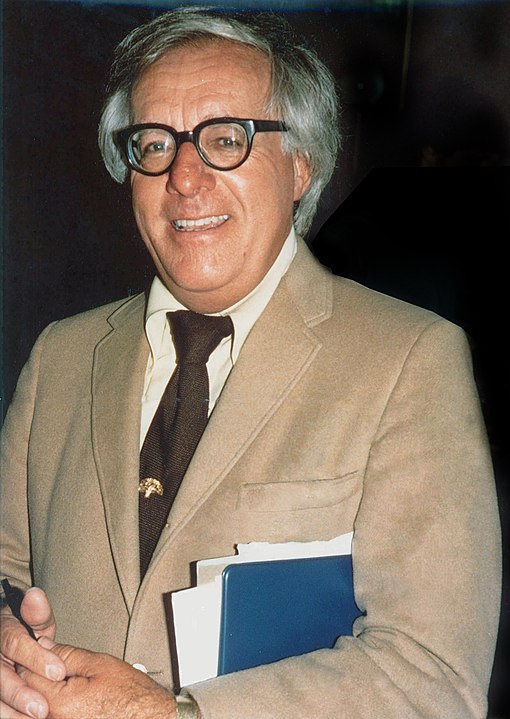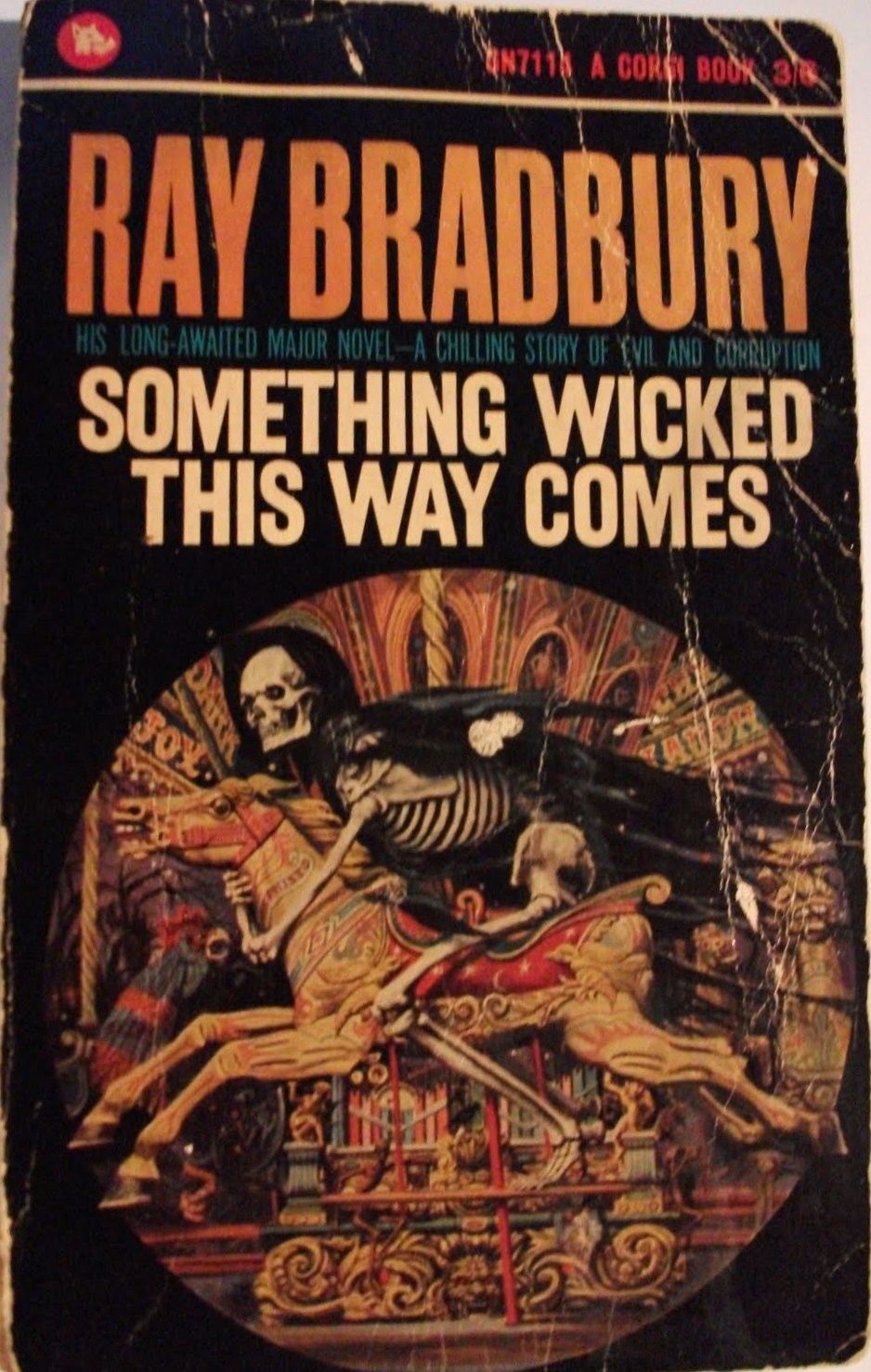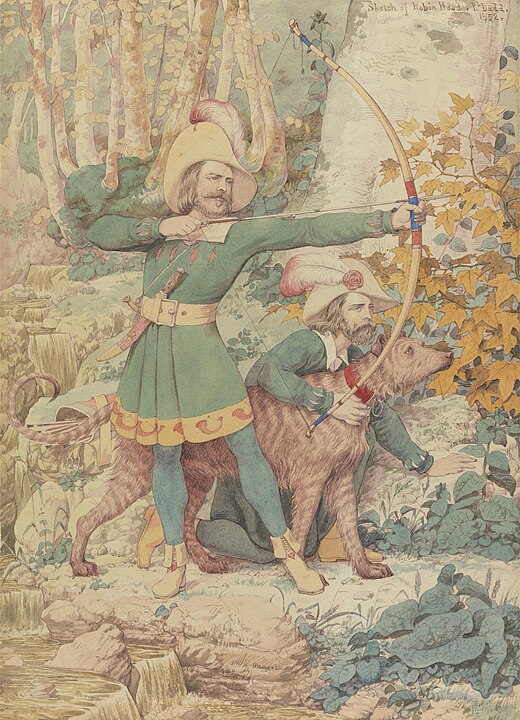To write prose like Ray Bradbury, one must focus on the subject in intense detail. By doing so, they can describe it using imagery and senses to generate a clear image. Bradbury, a science-fiction author and prolific short-story writer, wrote many classics in multiple genres. These include stories from the science-fiction classic Fahrenheit 451 to the horror-driven bildungsroman in Something Wicked this Way Comes.
He has been described as terse and flowery (purple prose). And, he has always been engaging, regardless of his stylistic limitations. In calling him both terse and flowery, we see a critical contrast in his writing. He is both and he is neither. I think it comes down to which book you are reading. It also comes down to which Bradbury-era you are reading (more flowery early on and terser later).
In order to write like Bradbury, we are going to analyze Bradbury’s style. Then, we will decide what parts we can emulate or experiment with in our own writing!
Bradbury’s style
“And Ghost and Mummy and Skeleton and Witch and all the rest were back at their own homes, on their own porches, and each turned to look at the town and remember this special night they would never in all their lives ever forget ….” – Ray Bradbury | The Halloween Tree
Over-description
The most apparent stylistic choice that Bradbury makes is often over-description to draw a clear image in the reader’s head. If you want to write like Ray Bradbury, you have to use extreme detail in description. For example, in The Halloween Tree, Bradbury describes a row of the dead who were left in a catacomb because they “couldn’t pay the rent on their graves…” with acuteness.
Bradbury describes: “The boys looked and saw that some of the ancient people were dressed like farmers and some like peasant maids and some like businessmen in old dark suits, and one even like a bullfighter in his dusty suit of lights. But inside their suits they were all thin bones and skin and spiderweb and dust that shook down through their ribs if you sneezed and trembled them” (Bradbury).
In this example we have the execution of polysyndeton. This is a stylistic choice in which multiple conjunctions are placed in order to change the rhythm and flow of the sentence. Heminway and Vonnegut employ this practice often. Often, it makes the writing sound rushed or speedy description. This fits well into the idea of Bradbury’s over-description. He is packing in so much information that he wants to see it clearly—no questions asked.

A poetic style
Moreover, Bradbury has often considered himself a poet first and foremost, and in a variety of interviews talking about his start as an author, often described his writings in poetic terms. At least, that is how he describes the language he uses to describe the worlds he presents to readers. As such, he frequently likes to use copious amounts of similes and metaphors (and all other manner of figurative language) to describe his characters and settings.
Using Similes and Metaphors
In order to write prose like Ray Bradbury, you have to remember that a simile is a comparison that uses “like” or “as,” to compare two or more things, while metaphors make comparisons between two or more things to create a clearer picture for the reader.
Similes
In The Veldt, Bradbury tells the tale of family, technology, and the cost of being a rotten parent. To tell this story, Bradbury uses a variety of similes and metaphors to execute his description. For instance, in using similes, Bradbury compares the smell of the Veldt to a variety of different elements: “The hot straw smell of lion grass, the cool green smell of the hidden water hole, the great rusty smell of animals, the smell of dust like a red paprika in the hot air” (Bradbury).
The smell of dust like red paprika immediately makes me sniff and feel the burn in my nose. It’s effective. Moreover, Bradbury’s use of simile is further demonstrated in his short story The Pedestrian, where he describes a late night walk by one of the last pedestrians in society. He writes, “… and with a final decision made, a path selected, he would stride off, sending patterns of frosty air before him like the smoke of a cigar” (Bradbury).
The image of a man in a coat with plumes of smoke puffing out before him is a stark one, as we’ve all been there—strolling on a cold evening with your breath out ahead. But the image is clear and we know it when we read it on the page.
Metaphors
Moreover, in The Crowd, a story about a crowd’s fascination with the accidents of others, Bradbury writes that the main character, Spallner, looks up at the crowd after an auto-accident and has difficulty comprehending why they are gathered round.
He states that, “he was curious as a man under deep water looking up at people on a bridge,” which compares his current state (auto-accident) to a more alien world, in two unlike things further compare their worlds (Bradbury).
Likewise, during the accident, Bradbury writes that Spallner was battered inside the car when he writes that he was “forced back and forth in several lightning jerks,” which compares Spallner’s movements to that of the ferociousness of lightening.

Furthermore, he states of the lush surroundings in the jungle of yesteryear: “The jungle was high and the jungle was broad and the jungle was the entire world forever and forever” (Bradbury). Of course, the jungle could not be the entire world forever and ever literally; but, the contrast between the infinite of time and the size of the jungle is noted.
Conclusion
Bradbury is a master craftsman and spent much of his career perfecting his style; however, many of his writerly moves stay the same. In order to write prose like Ray Bradbury, you have to mindful of his moves as a writer. He loves to describe in great swaths of quickly-moving action. He loves to use similes and metaphors to draw comparisons between unknown worlds to the world we know all too well.
One exercise to try in order to craft prose like Ray Bradbury, is to employ his stylistic choices in one of your own stories. See if you can describe your world similar to his world. Ask yourself: What works? What doesn’t? And then spend your time revising by including over-description, metaphors, and similes.
Works Cited
Bradbury, Ray. The Halloween Tree. Knopf, 1972.
Bradbury, Ray. “A Sound of Thunder.” The Golden Apples of the Sun, Doubleday, 1953, pp. 83-93.
Bradbury, Ray. “The Veldt.” The Illustrated Man, Bantam Books, 1951, pp. 18-30.
Bradbury, Ray. “The Pedestrian.” The Stories of Ray Bradbury, Alfred A. Knopf, 1980, pp. 283-288.
Bradbury, Ray. “The Crowd.” The October Country, Ballantine Books, 1955, pp. 161-172.


